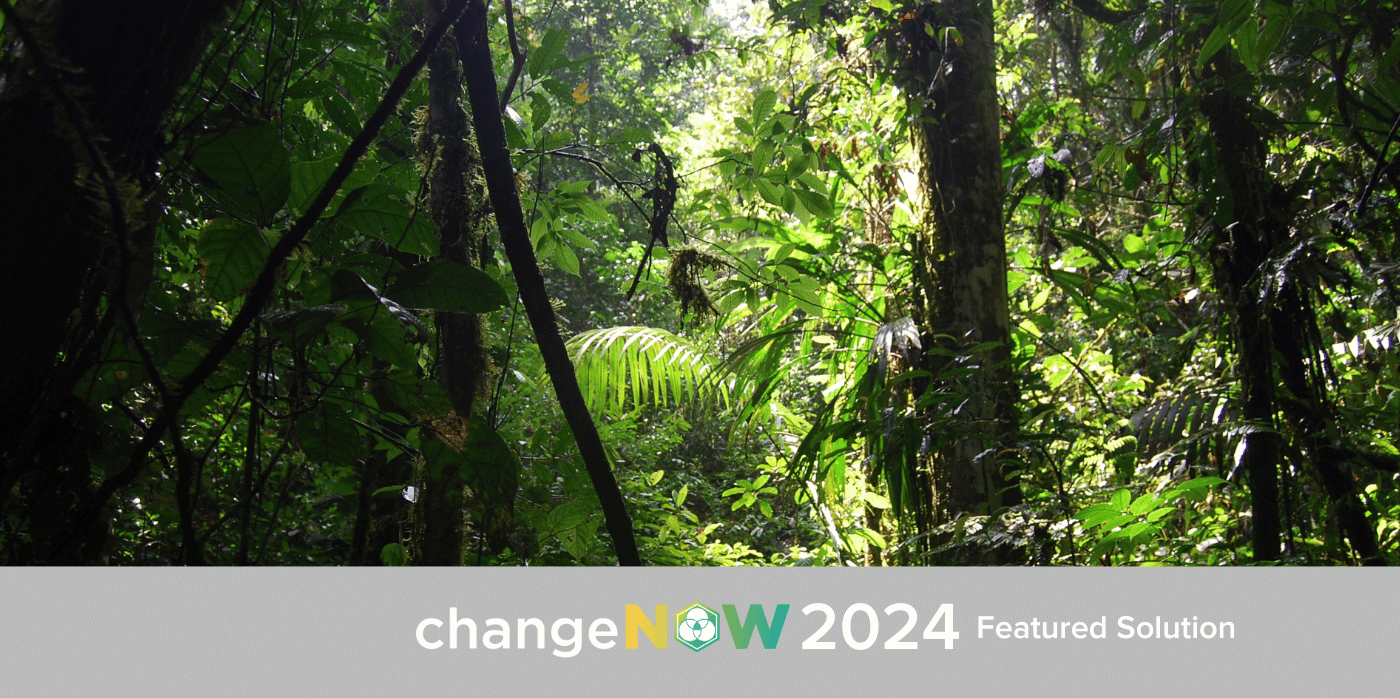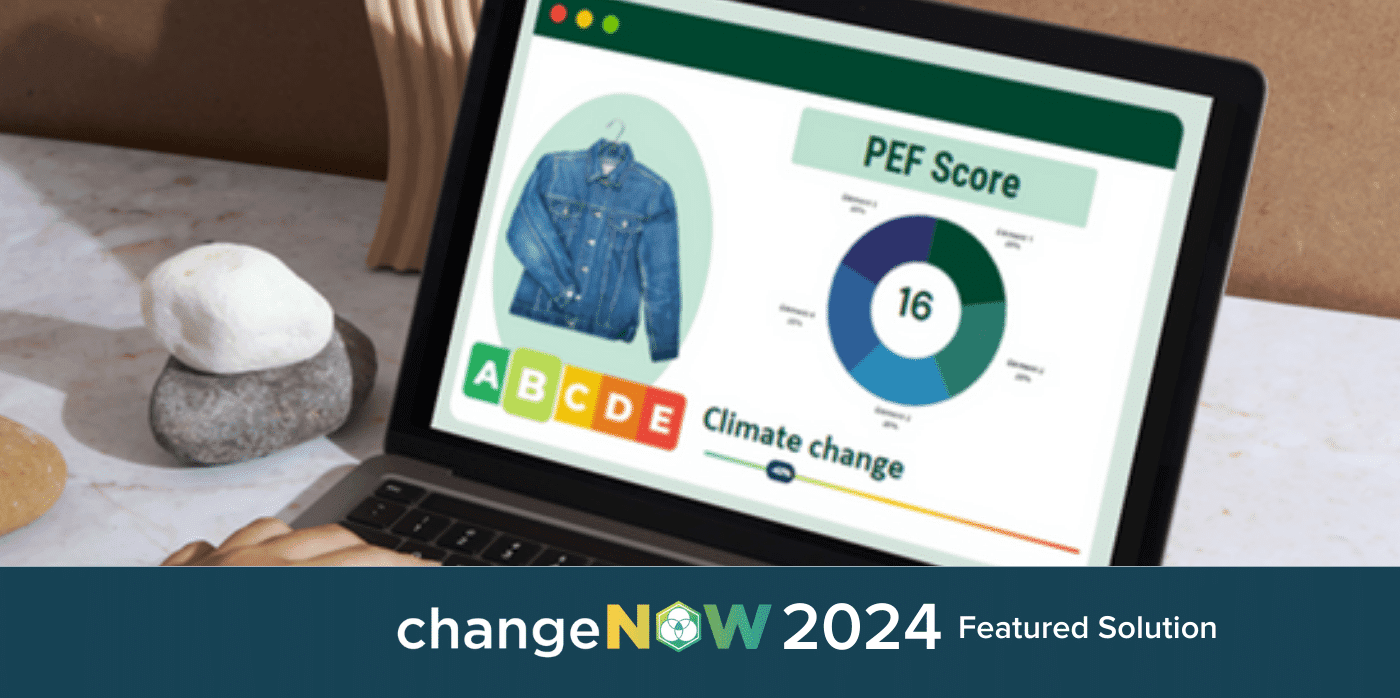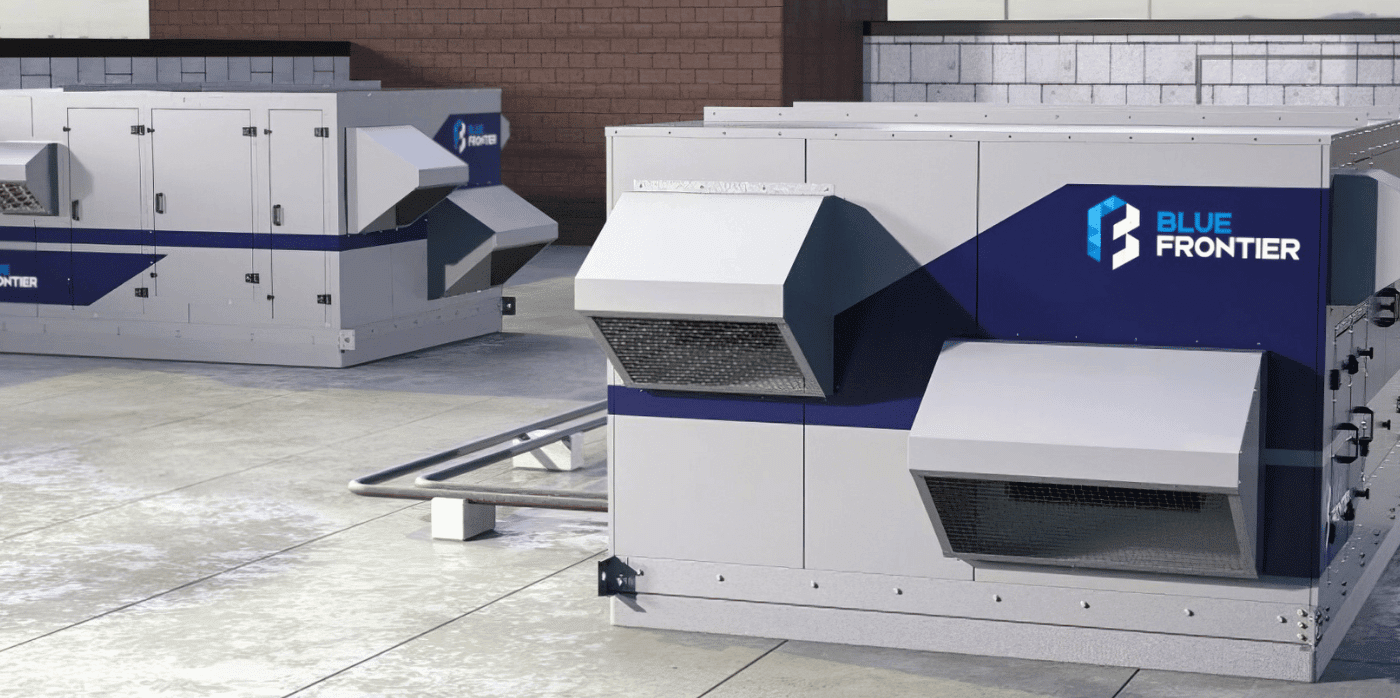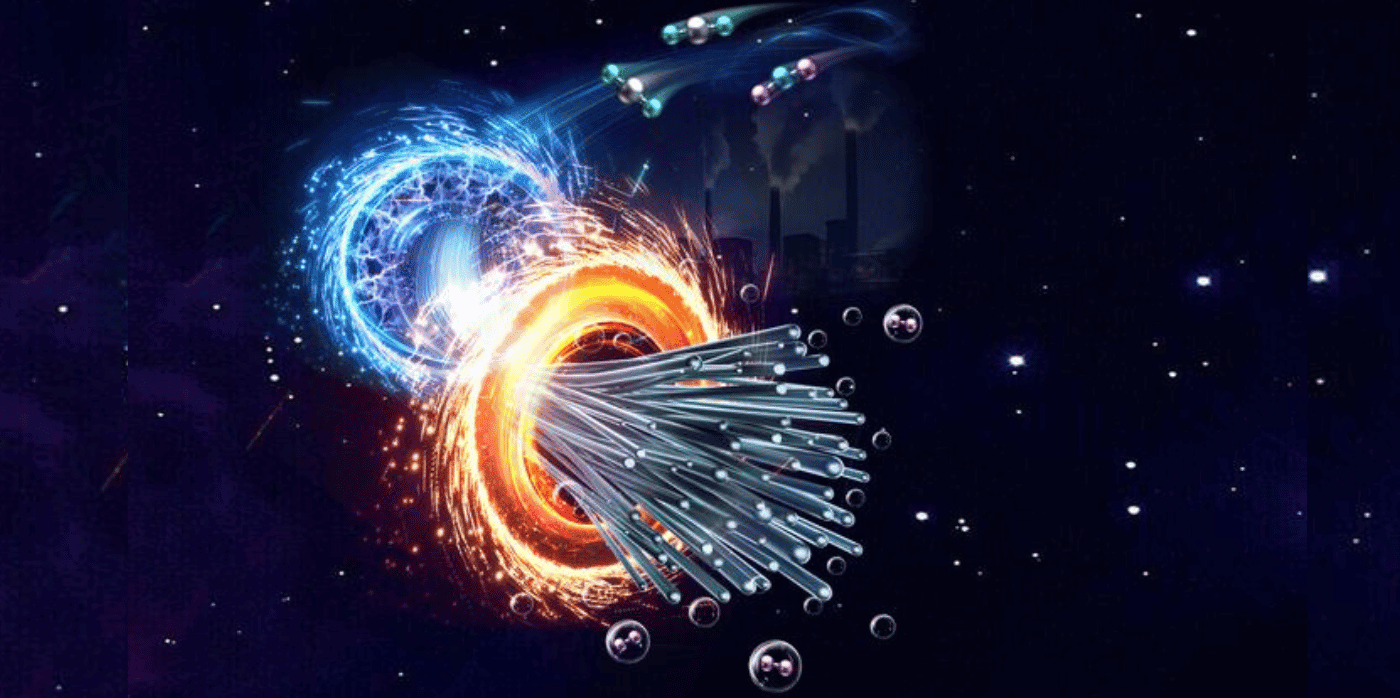The world throws away a vast quantity of banana peels each year, and Discarded Spirits is putting some of this material to good use with its banana peel rum. In the final instalment of our special series of articles for Discarded Spirits, we look at a snapshot of the creative ways innovators around the world are using banana waste.
A useful ingredient and a tasty, nutrient-rich snack, the banana is among the world’s most traded and consumed fruits, with well over 100 million tonnes of bananas produced every year. This production causes a lot of waste, both during the harvest and at the consumer level, with the world generating around 3.5 million tonnes of banana peels annually.
Traditionally, this discarded material has mostly gone to landfill, where it contributes to emissions of methane, a potent greenhouse gas. However, a new generation of innovators is looking at banana waste differently, seeing it as a valuable tool in the fight against climate change.
Sustainable, animal-free leather
In India, leather is big business, but the industry has a significant negative impact on the environment. Not only does it lead to toxic chemical pollution, but the production of just one leather bag requires 10,000 litres of water. Fossil-fuel-derived plastic alternatives, meanwhile, are not much better. For Kolkata-based material innovation firm, Atma Leather, banana waste holds the solution to this problem. The company’s leather alternative, called ‘Banofi’, is made up of 50 per cent banana stem waste and 30 per cent natural additives. The remaining 20 per cent is composed of primarily recycled polymers, with the firm continuing to invest in innovation to reduce this remaining reliance on plastic. The material has a significantly lower environmental impact than both animal and synthetic leather, offering a 100 per cent reduction in toxic wastewater and significant reductions in CO2 emissions. Find out more.
Handmade textiles
Beyond the fruit itself, the banana plant also has a ‘pseudo-stem’ – a trunk-like structure made up of a soft central core surrounded by tightly-packed leaf sheaths. With a high cellulose fibre content, it is well-suited to a range of applications. Ugandan organisation TEXFAD teaches people to use banana pseudo-stems and other waste materials to create sustainable, hand-made textile products. This non-formal, hands-on skills training is accredited by the country’s Directorate of Industrial Training and designed to encourage job and wealth creation. In addition, TEXFAD runs a business incubation programme that provides budding businesses with equipped production space, business plan development, and technical support services. There is also an ‘earn while you learn’ option for those in vocational training. The types of handicraft produced under TEXFAD’s banana programme include coasters, glasses cases, rugs, and lampshades, among many others. Find out more.
Biodegradable food packaging
Every year, the world produces 141 million tonnes of plastic packaging, and food packaging is one of the most visible uses of plastic in our daily lives. Now, Australian company Papyrus is converting banana plantation waste into a fine fibre that forms the basis of a range of moulded food packaging products that are commercially viable. The organisation, which is listed on the Australian Securities Exchange, takes rejected banana fruits as well as the stalks, leaves, and pseudo-stems of the banana plant and puts them through a chemical-free process that separates the biomass into organic liquids and raw fibres. The fibres are then refined and moulded into trays, plates, egg cartons, cup holders, and ‘clam shells’ (a type of takeaway box). The banana packaging replaces alternatives made from environmentally damaging materials like plastic and forest-sourced wood. Find out more.
Food, agricultural, and pharmaceutical growth enhancers
UK startup LyteGro highlights that around 30 per cent of the global banana crop is deemed unsuitable for sale in any given year. Seizing this opportunity, the company adds water to the otherwise unsellable bananas and then mixes, heats, and filters the resulting mash, producing Baclyte, a microbial growth enhancer. Highly potent, the mixture enables rapid microbial growth for a huge range of industrial applications. With everything from brewing and distilling to dairy and pharmaceutical production reliant on microbes, Baclyte has the potential to be a highly valuable addition to food and commercial manufacturing processes. This is because faster growth of microbes results in higher yields and accelerated production of the final product. Find out more.
Delicious liquids
Discarded Spirits’ banana peel rum is made using waste from the flavour industry. Discarded works with a flavour house in the Netherlands who would otherwise throw banana peels away once they’re finished with them. The peels are dehydrated and ground before being supplied to Discarded, who then take them and turn them into an extract. The extract is soaked in alcohol and then blended with the rum. The end result is something that tastes like liquid banana bread, in the best way possible! Find out more.
To learn more about how the other Discarded Spirits liquids are made, that also put organic waste to use, read our interview with Discarded Brand Ambassador Sam Trevethyen.




















